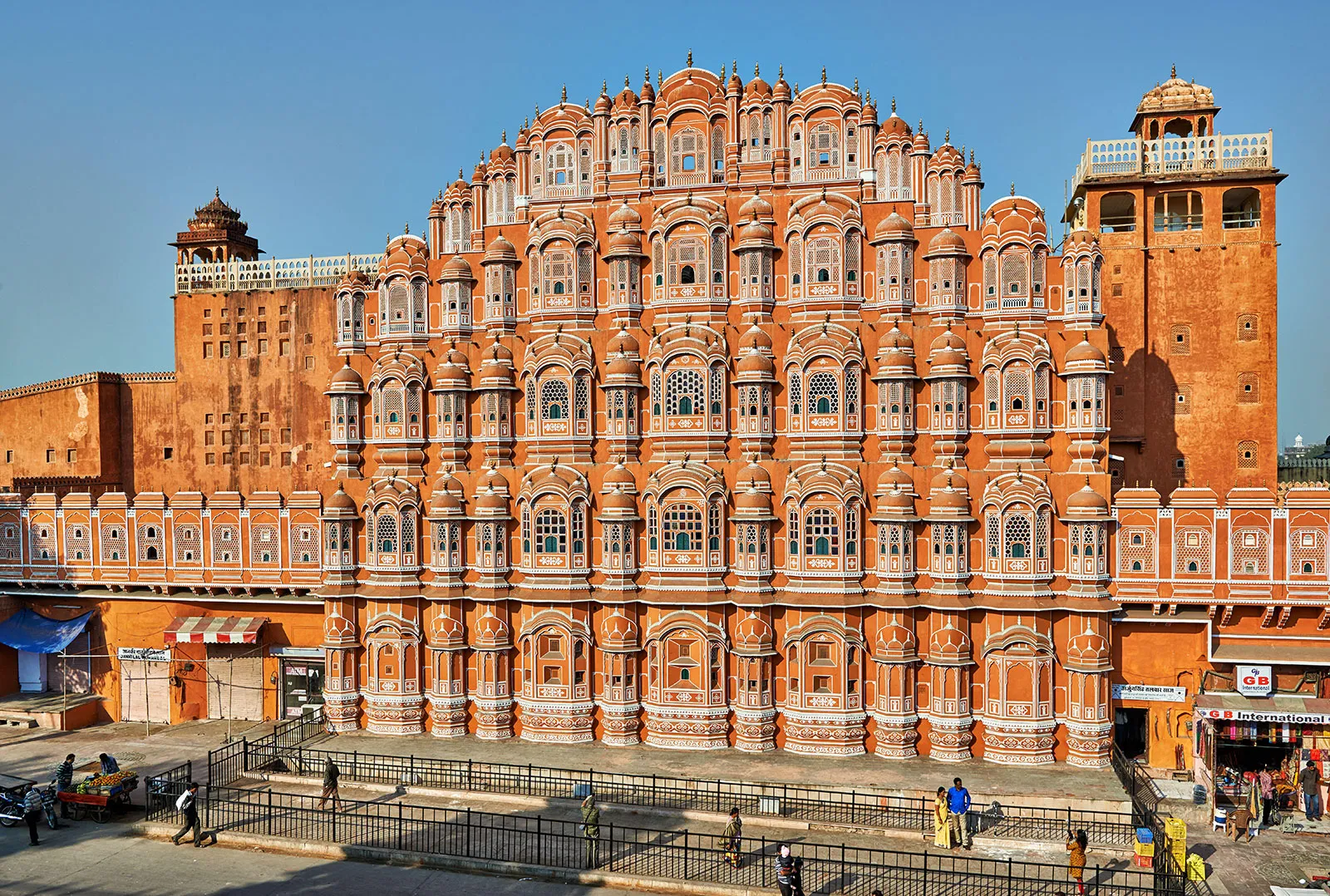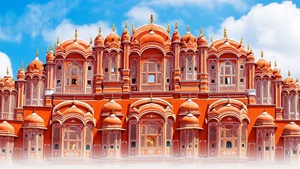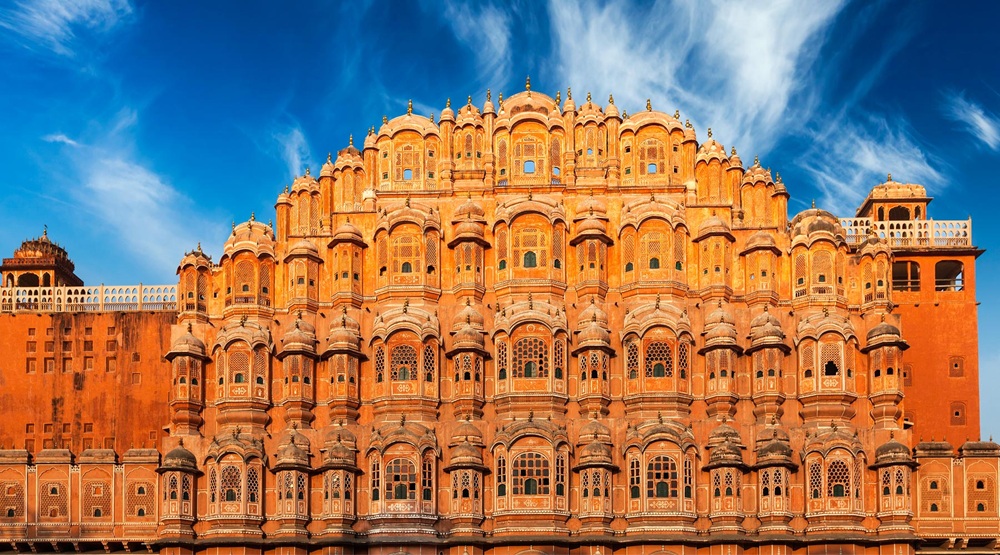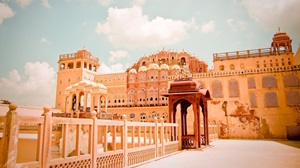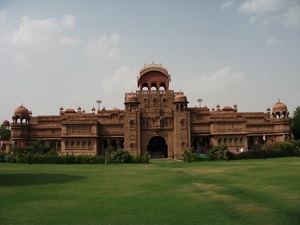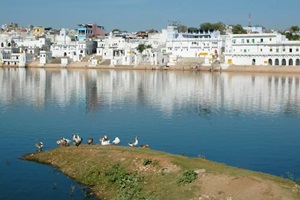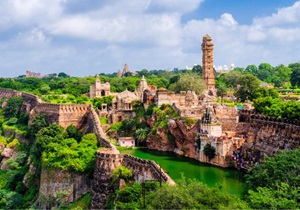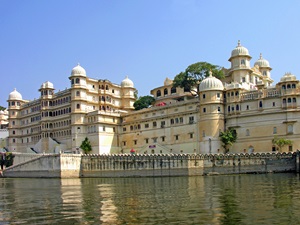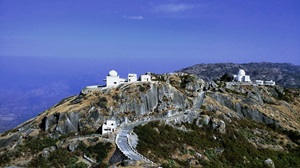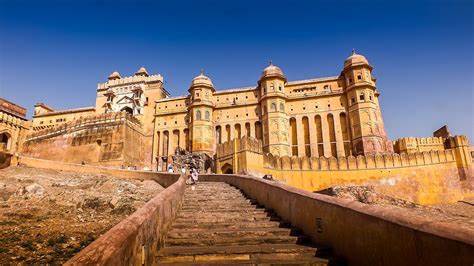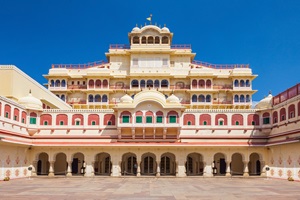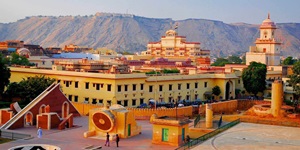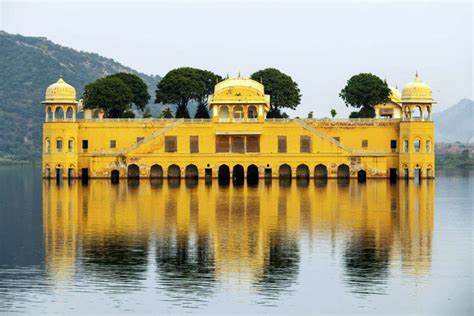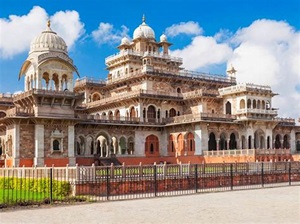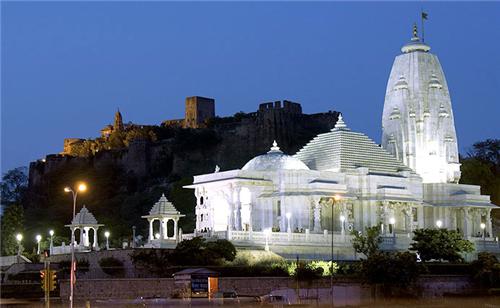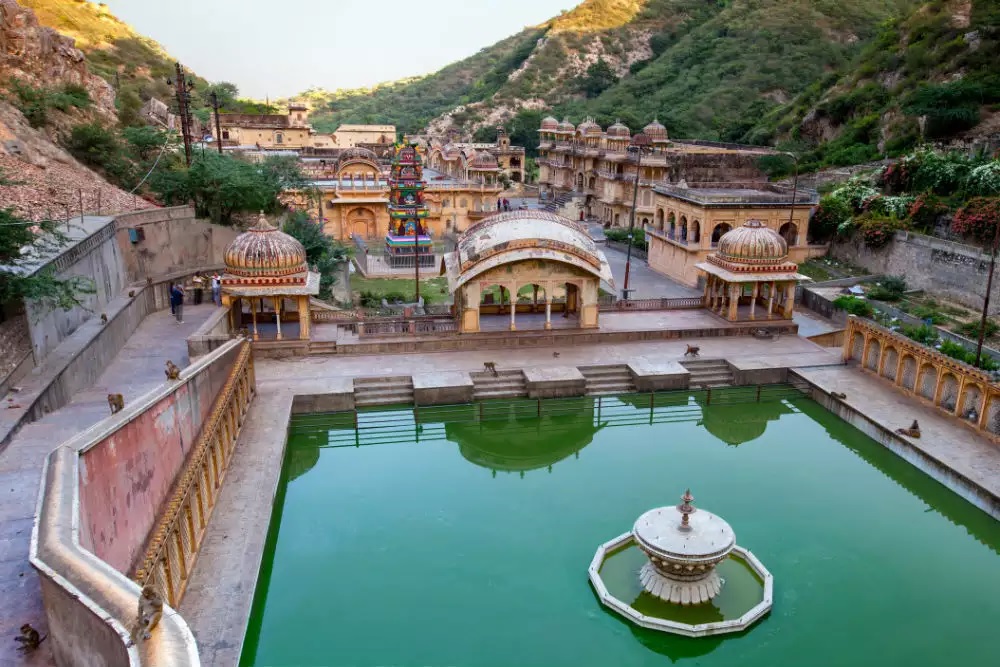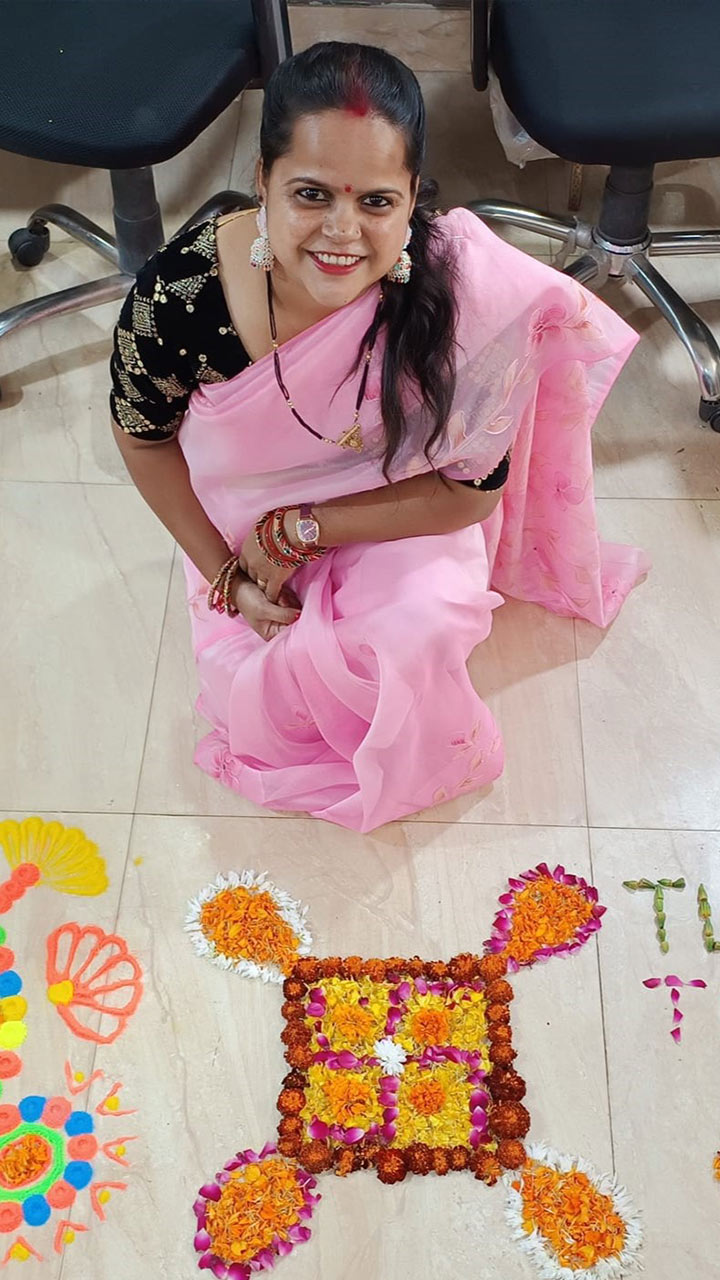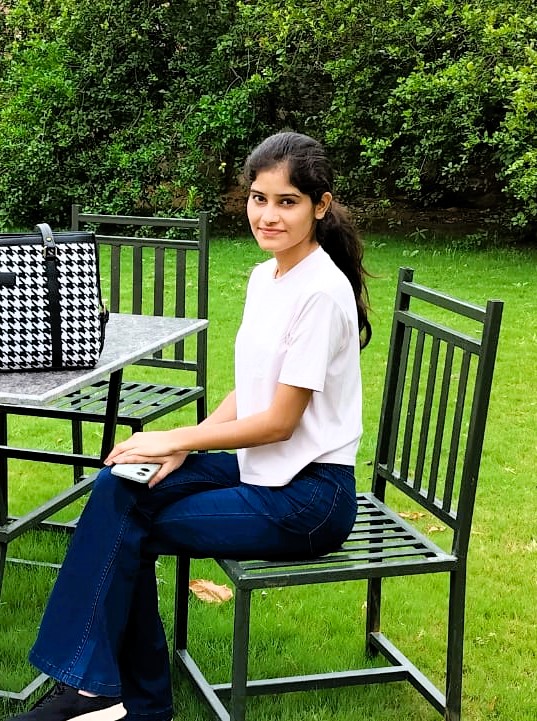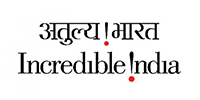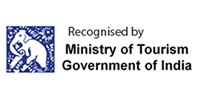Hawa Mahal, also known as the "Palace of Winds," is one of the most remarkable landmarks in Jaipur, Rajasthan. Built in 1799 by Maharaja Sawai Pratap Singh, this architectural marvel stands as a symbol of Jaipur’s rich history and royal heritage. The structure is an extension of the City Palace and was originally designed to allow royal women to observe daily life and festivities without being seen by the public.
Famous for its stunning honeycomb facade, Hawa Mahal features 953 small windows, known as jharokhas, which allow cool breezes to pass through, keeping the palace naturally ventilated. The delicate latticework, the use of red and pink sandstone, and the intricate Rajput designs make this palace a fine example of Rajasthani craftsmanship blended with Mughal influences.
Whether you are a history enthusiast, an architecture lover, or a traveler looking for breathtaking views, a visit to Hawa Mahal in Jaipur is an experience that should not be missed.
History of Hawa Mahal
The inspiration for Hawa Mahal came from the Khetri Mahal in Jhunjhunu, Rajasthan, which impressed Maharaja Sawai Pratap Singh with its innovative architecture. He decided to build a similar but even grander structure in Jaipur. The palace was designed by Lal Chand Ustad, a renowned architect of that time, blending the finest elements of Rajput and Mughal architectural styles.
The primary purpose of Hawa Mahal was to provide a private space for women of the royal family. In those days, women were required to follow the purdah system, which meant they could not appear in public without covering their faces. The intricate windows and screened balconies of the palace allowed them to watch the bustling city streets, processions, and daily activities without being seen.
Over the centuries, Hawa Mahal has been carefully preserved, allowing visitors to experience the grandeur and history of Jaipur’s royal past.
Architectural Brilliance of Hawa Mahal
Hawa Mahal is an architectural masterpiece, known for its unique five-story structure, which resembles the crown of Lord Krishna. Made from red and pink sandstone, the palace beautifully complements Jaipur’s title as the Pink City of India.
Some of the most striking features of Hawa Mahal’s architecture include:
- The Stunning Facade: The 953 intricately carved windows (jharokhas) give the palace its honeycomb-like appearance and allow natural air circulation inside.
- Rajput and Mughal Influence: The palace features Rajput-style domes, fluted pillars, and floral designs, while the archways and delicate stonework reflect Mughal craftsmanship.
- Ventilation System: The palace was built using the Venturi effect, where air enters through the small windows and exits through large openings, creating a natural cooling effect. This makes Hawa Mahal pleasant and breezy even in the scorching heat of Rajasthan.
- Hidden Entrance: Unlike most grand palaces, the impressive facade of Hawa Mahal that faces the street is actually the back of the palace. The entrance is from a small doorway on the side, leading to spacious courtyards and beautifully decorated chambers.
Inside, the top floors of the palace offer breathtaking views of Jaipur’s historic old city, including the City Palace, Jantar Mantar, and Sireh Deori Bazaar.
Best Things to Do at Hawa Mahal
Visiting Hawa Mahal is not just about admiring its beauty from the outside. There are plenty of things to do to make the most of your visit.
- Explore the Museum: The palace houses a small museum showcasing antique weapons, royal artifacts, and historical items from Rajasthan’s glorious past.
- Enjoy the Scenic View: From the top floors, visitors can witness panoramic views of Jaipur, including the nearby City Palace and the busy streets of the old market.
- Photography: Hawa Mahal is one of the most photographed landmarks in India. The early morning sunlight creates a mesmerizing glow on the palace’s facade, making it an ideal time for photography.
- Walk Through the Narrow Corridors: Experience the intricate lattice work and small balconies where the royal women once sat and observed the city.
How to Reach Hawa Mahal
Hawa Mahal is centrally located in the heart of Jaipur, making it easily accessible from different parts of the city.
- By Car/Taxi: The palace is 5 kilometers from the city center and can be reached in around 15 minutes via Mirza Ismail Road.
- By Bus: The nearest bus stop is Badi Chaupar Bus Stop, which is just a short walk from the palace.
- By Auto-rickshaw: One of the most convenient and budget-friendly ways to reach Hawa Mahal is by hiring an auto-rickshaw.
- By Metro: The nearest metro station is Badi Chaupar Metro Station, which is just a 1-minute walk from the palace.
Best Time to Visit Hawa Mahal
Hawa Mahal is open to visitors every day from 9:00 AM to 5:00 PM.
- Best Time of Year: The ideal time to visit Jaipur and Hawa Mahal is during October to March, when the weather is cooler and more pleasant.
- Best Time of Day: Visit early in the morning or late afternoon to avoid the harsh sun and large crowds. The morning sunlight gives a golden glow to the palace, making it a perfect time for photography.
- Best Day to Visit: Weekdays are recommended as they are generally less crowded than weekends.
Nearby Restaurants and Cafés
After exploring Hawa Mahal, you can take a break and enjoy some delicious Rajasthani cuisine at the nearby restaurants and cafés.
- Wind View Café: Famous for its
stunning rooftop view of Hawa Mahal, this café serves North Indian and Italian dishes. - Tattoo Café & Lounge: A cozy café with a perfect view of the palace, offering coffee, snacks, and light meals.
- Laxmi Mishtan Bhandar (LMB): One of Jaipur’s oldest and most famous restaurants, known for its traditional Rajasthani sweets and snacks.
Essential Travel Tips for Hawa Mahal
To make the most of your visit, keep these tips in mind:
- Visit early in the morning to avoid large crowds and capture the best photographs.li>
- Wear comfortable shoes as you will need to climb narrow staircases to reach the top floors.
- Carry sunglasses, a hat, and sunscreen to protect yourself from the sun.
- Stay hydrated and carry a water bottle, especially if visiting during summer.
- Hire a local guide to learn about the hidden stories and historical significance of Hawa Mahal.
Final Thoughts
Hawa Mahal is more than just an architectural wonder; it is a symbol of Jaipur’s royal past and artistic brilliance. From its intricate windows and lattice designs to its historical importance and panoramic views, this magnificent palace continues to captivate visitors from all over the world.
If you are visiting Jaipur, a trip to Hawa Mahal is an experience that should not be missed. It is a place where history, culture, and beauty come together, offering a glimpse into the grandeur of Rajasthan’s royal legacy.
Quick Facts About Hawa Mahal
| Feature | Details |
|---|---|
| Location | Jaipur, Rajasthan, India |
| Built In | 1799 by Maharaja Sawai Pratap Singh |
| Architectural Style | Rajput & Mughal Architecture |
| Material Used | Red and Pink Sandstone |
| Floors | Five |
| Windows (Jharokhas) | 953 for natural ventilation |
| Timings | 9:00 AM – 5:00 PM (Open Daily) |
| Entry Fee | ₹50 (Indians), ₹200 (Foreigners) |
| Best Time to Visit | Early morning or late afternoon |
| Nearest Metro Station | Badi Chaupar Metro Station (1-minute walk) |
| Nearby Attractions | City Palace, Jantar Mantar, Sireh Deori Bazaar |
| Photography | Allowed |
This concise table provides essential details for travelers visiting Hawa Mahal in Jaipur.
